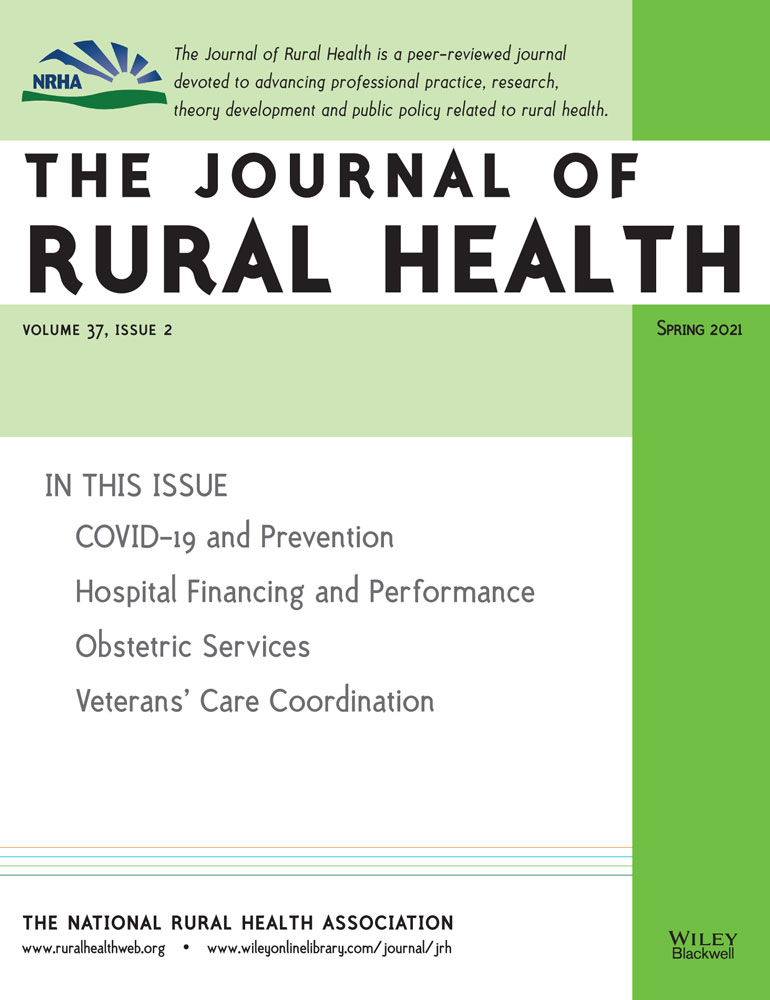Factors Affecting Adoption of Coordinated Anxiety Learning and Management (CALM) in Veterans’ Affairs Community-Based Outpatient Clinics
Abstract
Purpose
Many US military veterans experience anxiety, depression, and trauma-related disorders. A major goal of the Veterans Health Administration (VHA) has been to increase access to evidence-based psychotherapies (EBPs) such as cognitive-behavioral therapy to address veterans’ substantial health burden. However, despite widespread implementation of EBPs throughout the VHA, smaller clinics that often serve rural veterans face barriers to delivering these interventions. The Veterans Affairs Coordinated Anxiety Learning and Management (VA CALM) program aims to empower providers in rural areas with varying levels of training and experience in delivering EBPs to provide high-quality cognitive-behavioral therapy for anxiety, depression, and trauma-related disorders. The goal of this study was to better understand, through qualitative interviews, VHA community-based outpatient clinic providers’ perspectives on implementing VA CALM.
Methods
Qualitative interviews with providers (N = 22) were conducted to understand implementation of VA CALM. Template analysis was used to organize and summarize responses.
Findings
Providers noted several facilitators for implementing VA CALM in rural community clinics, including its perceived effectiveness, broad applicability, and structure. Barriers to implementation included scheduling problems and patient-related barriers.
Conclusions
Incorporating providers’ perspectives on factors that affect implementing cognitive-behavioral therapy in this setting may inform future efforts to disseminate-implement EBPs in smaller, more remote VHA clinics.




